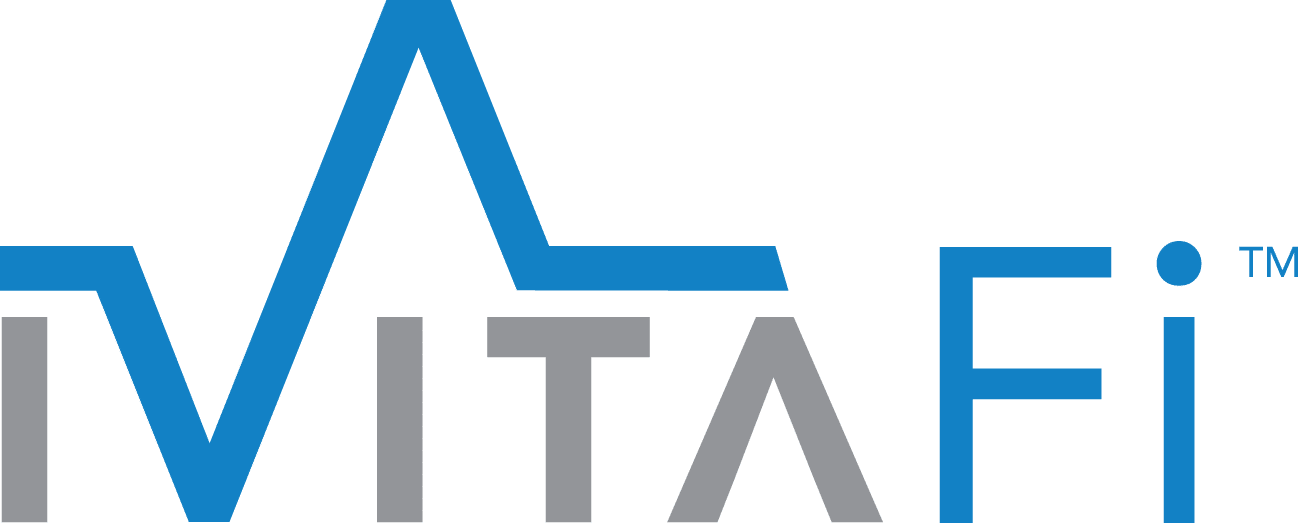As healthcare continues to evolve, managing patient payments has become increasingly important for hospitals and healthcare providers. With patients taking on more financial responsibility for their care, it’s essential for providers to adopt practices that make the payment process as simple and straightforward as possible. Not only does this help improve patient satisfaction, but it also ensures a steady cash flow for healthcare organizations. In this post, we’ll explore some of the best practices for simplifying patient payments and enhancing the overall patient experience.
1. Offer Multiple Payment Options
One of the best ways to make paying for healthcare easier is to offer a variety of payment options. People have different financial situations, and their preferred payment methods can vary widely. By providing multiple ways to pay—such as credit cards, debit cards, checks, and digital payment platforms—you give patients the flexibility to choose the option that works best for them.
For example, some patients might prefer to use a digital payment platform, while others might feel more comfortable paying by check or credit card. Additionally, offering automated payment plans can be a huge help for patients who can’t pay their bills in full right away. With an automated payment plan, they can spread out their payments over time, reducing the financial strain and making it easier to keep up with their medical expenses.
2. Implement Transparent Pricing
Transparent pricing is key to building trust with your patients. Too often, patients don’t know the full cost of their care until they get the bill, which can lead to confusion and frustration. To avoid this, healthcare providers should strive to offer clear, upfront pricing information before any services are provided.
This can be done in several ways. For instance, you might provide detailed cost estimates during the initial consultation or use online tools that let patients calculate their expected expenses based on their insurance coverage. When patients know what to expect financially, they’re better equipped to make informed decisions about their care and less likely to be surprised or upset by their bills later on.
3. Leverage Technology for Seamless Payments
Technology plays a big role in simplifying patient payments. By using an integrated payment platform that connects with your electronic health record (EHR) system, you can streamline the billing process and reduce the chance of errors. These platforms can automatically generate and send invoices, track payments, and even send reminders for overdue bills.
Another way technology can help is by offering online payment portals. These portals allow patients to pay their bills quickly and easily from their computers or smartphones, without having to mail in a check or make a trip to the hospital. Mobile payment options, such as paying via text message or an app, can further enhance convenience, especially for younger or more tech-savvy patients.
4. Educate Your Staff and Patients
Education is crucial when it comes to simplifying patient payments. Your staff should be well-trained in discussing financial matters with patients, including explaining the different payment options available and emphasizing the importance of making payments on time. They should also be able to guide patients who may need financial assistance or help setting up a payment plan.
Patients, on the other hand, need to be informed about the payment process. They should understand what to expect in terms of billing, how to navigate the payment system, and where to find help if they can’t afford to pay their bills. Providing clear, easy-to-understand information can prevent misunderstandings and ensure that patients feel supported throughout their payment journey.
5. Communicate Proactively
Proactive communication is key to managing patient payments effectively. Sending reminders before and after payment due dates can help ensure that payments are made on time, reducing the likelihood of missed payments. These reminders can be sent via email, text, or phone calls, depending on the patient’s preference.
It’s also important to communicate any changes in billing practices, new payment options, or available financial assistance programs. Keeping patients informed and engaged in the payment process can minimize the risk of missed payments and enhance overall patient satisfaction.
6. Simplify Billing Statements
Billing statements can often be confusing, leading to patient dissatisfaction and delayed payments. To simplify the process, healthcare providers should make sure that billing statements are clear, concise, and easy to understand. Avoid using medical jargon and instead, break down charges in a way that is transparent and straightforward.
Highlight key information such as the total amount due, the payment deadline, and any available payment plan options. Simplified billing statements can reduce patient anxiety and increase the likelihood of prompt payments, which is beneficial for both the patient and the healthcare provider.
7. Offer Financial Assistance Programs
Healthcare costs can be overwhelming for many patients, making it difficult for them to pay their bills in full. Offering financial assistance programs can provide a safety net for these patients, allowing them to receive the care they need without the added stress of unmanageable bills.
These programs might include sliding scale fees based on income, charity care options, or partnerships with financing companies that offer low-interest or no-interest payment plans. By offering financial assistance, healthcare providers can show their commitment to patient care while also ensuring that they receive payment for the services they provide.
8. Use Data Analytics to Improve Payment Processes
Data analytics can be a powerful tool for improving patient payment processes. By analyzing payment data, healthcare providers can identify trends and patterns, such as which payment methods are most popular or where patients are most likely to experience difficulties.
For example, if data shows that a significant number of patients are missing payments because they don’t fully understand their billing statements, the provider might decide to simplify the statements or offer additional support to help patients navigate them. Data-driven decisions like these can lead to more efficient payment collections and improved patient satisfaction.
9. Maintain Compliance with Payment Regulations
Healthcare providers must ensure that their payment processes comply with all relevant regulations, such as the Health Insurance Portability and Accountability Act (HIPAA) and the Fair Debt Collection Practices Act (FDCPA). Failing to comply with these regulations can result in significant fines, legal consequences, and damage to the provider’s reputation.
To stay compliant, providers should regularly train their staff on the latest regulations and conduct audits of their payment practices. By staying up to date with regulatory requirements, healthcare organizations can avoid potential legal issues and maintain the trust of their patients.
10. Focus on the Patient Experience
Ultimately, the goal of simplifying patient payments is to enhance the overall patient experience. A positive payment experience can contribute to greater patient satisfaction and loyalty, which can have long-term benefits for the healthcare provider.
To achieve this, providers should offer personalized payment options that meet the individual needs of their patients. They should also focus on providing excellent customer service, ensuring the payment process is seamless and stress-free. When patients feel respected and valued, they are more likely to fulfill their financial obligations and return to the same provider for future care.
Conclusion
Simplifying patient payments is essential for healthcare providers who want to improve patient satisfaction and maintain a healthy cash flow. By offering multiple payment options, implementing transparent pricing, leveraging technology, and focusing on proactive communication, providers can create a payment process that is both efficient and patient-friendly.
As the healthcare landscape continues to evolve, staying ahead of the curve with best practices in patient payments will be crucial for the success of any healthcare organization. Implementing these strategies benefits the provider and helps patients receive the care they need without added financial stress.
In the end, a patient-centered approach to payments is key to building trust, ensuring timely payments, and fostering long-term relationships between patients and healthcare providers.
Partner with Patient Financing Solutions Like iVitaFi
In addition to implementing the best practices outlined above, partnering with a dedicated patient financing solution like iVitaFi can significantly enhance your payment collection efforts. iVitaFi specializes in creating flexible, non-recourse financing programs tailored to meet patients’ diverse financial needs. By offering 0% interest rates, no hidden fees, and payment plans that accommodate all credit profiles, iVitaFi helps alleviate patients’ financial burden, allowing them to manage their healthcare expenses more comfortably.
For healthcare providers, this partnership goes beyond just offering an additional payment option—it’s about creating a more patient-centered billing experience that improves satisfaction and fosters trust. iVitaFi’s compassionate approach to collections ensures that providers maintain strong relationships with their patients while securing timely payments. By integrating a comprehensive financing solution like iVitaFi into your payment processes, you can enhance patient satisfaction, reduce bad debt, and ensure a steady cash flow for your organization.
For more information on how iVitaFi can support your patient payment strategy, visit iVitaFi or contact them at (888) 504-8482.

